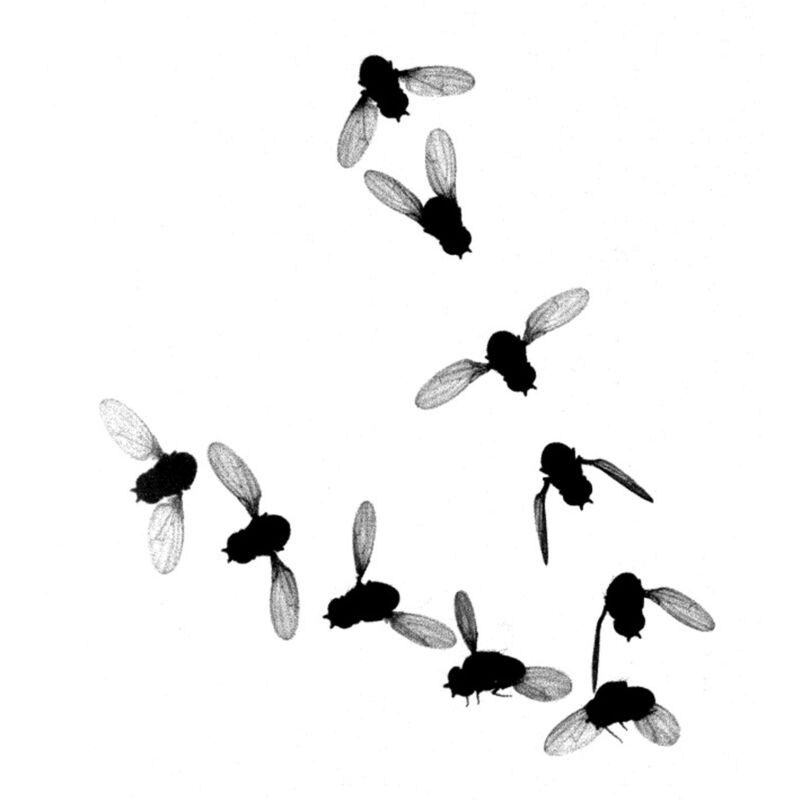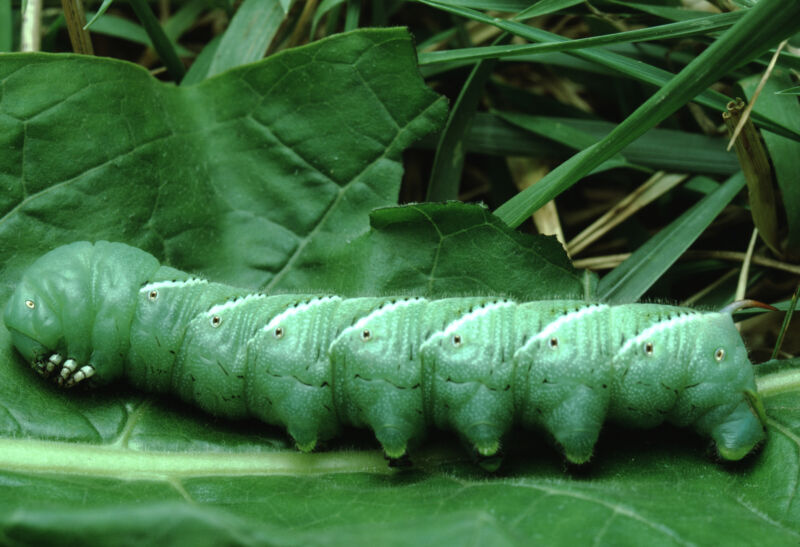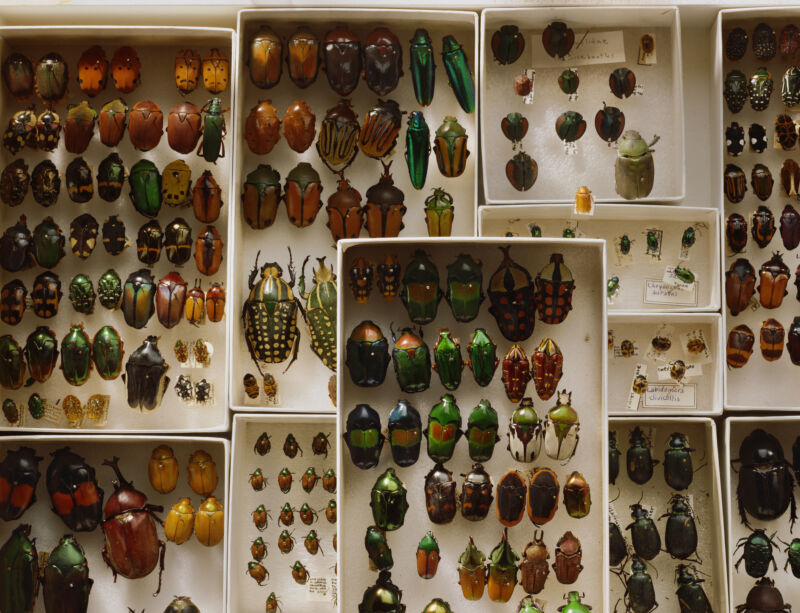-
chevron_right
Britain’s natural landscape is in ruins – thanks to the Tories. Here’s how Labour will restore it | Steve Reed
news.movim.eu / TheGuardian · 2 days ago - 15:57
Sewage pollutes our waterways, species face extinction. We must act fast to halt the decline – and we will
- Steve Reed is shadow environment secretary
We must not be the last generation to have the opportunity to marvel at nature.
When I was growing up, I took for granted the excitement of climbing trees in the local woods at the end of our road, sleeping under the stars at Scout camp, and exploring the micro-worlds of seaside rockpools on holiday in Cornwall. Our children and grandchildren deserve to be astounded by the magnificence of our landscapes and coastlines, mesmerised by the beauty of a robin’s song, and to splash about in the local river.
Steve Reed is the MP for Croydon North, and shadow secretary of state for environment, food and rural affairs
Continue reading...




